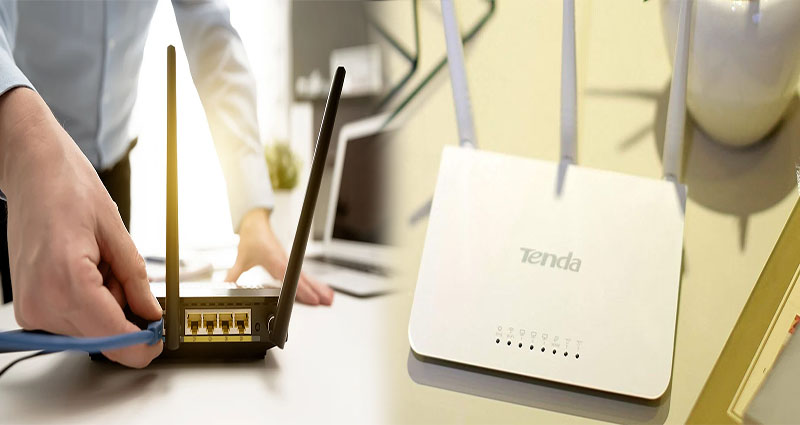In today’s connected world, having a reliable and fast internet connection is essential. For large homes, it can be a challenge to achieve optimal speed and signal strength throughout the entire space. However, with the right knowledge and techniques, you can optimize your dual-band WiFi router to deliver a seamless and high-performance wireless network. In this article, we will explore the best practices for optimizing speed and signal strength in dual-band WiFi routers for large homes.
Understanding Dual-Band WiFi Routers
Before diving into optimization techniques, let’s first understand what a dual-band WiFi router is. Dual-band routers operate on two different frequency bands: 2.4 GHz and 5 GHz. The 2.4 GHz band provides a longer range but can be more crowded due to its popularity, resulting in potential congestion and slower speeds. On the other hand, the less crowded 5 GHz band offers faster speeds but has a shorter range.
1. Place Your Router Strategically
The placement of your router plays a crucial role in optimizing speed and signal strength. Ideally, it should be positioned at the center of your home to provide equal coverage in all directions. Placing the router on a higher shelf or mounting it on a wall can also improve signal propagation.
Avoid placing the router near obstructions such as walls, metal objects, or other electronic devices that can interfere with the signal. Additionally, keep the router away from potential sources of interference like cordless phones and microwave ovens.
2. Use Both 2.4 GHz and 5 GHz Bands
To maximize performance in a large home, take advantage of the dual-band feature. Use the 2.4 GHz band for devices that are far away from the router or require a stable connection, such as smart home devices or older devices not compatible with the 5 GHz band. On the other hand, reserve the 5 GHz band for devices that demand higher speeds and are located closer to the router, such as laptops, smartphones, and gaming consoles.
By strategically allocating devices to different bands, you can minimize congestion and optimize the speed and signal strength for each device.
3. Update Firmware Regularly
Manufacturers often release firmware updates for their routers to fix bugs, improve performance, and enhance security. It is crucial to keep your router’s firmware up to date to ensure you are utilizing the latest optimizations and improvements. Check the manufacturer’s website or your router’s control panel for any available firmware updates, and follow the instructions to install them.
4. Optimize WiFi Channel Selection
WiFi channels determine the frequency on which your router communicates with devices. It is important to select the least congested WiFi channel to minimize interference and maximize speed.
Use a WiFi analyzer tool to determine which channels are less crowded in your area. Based on the analysis, you can manually change your router’s channel settings to a less congested one.
5. Leverage WiFi Extenders or Mesh Systems
In a large home, there may be areas where the WiFi signal is weaker due to distance or structural obstacles. WiFi extenders or mesh systems can help extend the range of your wireless network and improve signal strength in these areas. WiFi extenders amplify the existing signal, while mesh systems use multiple access points to create a seamless and unified network.
Strategically place WiFi extenders or mesh devices throughout your home to ensure coverage in all areas, including dead zones. Remember to connect them to the appropriate WiFi band (2.4 GHz or 5 GHz) to maintain optimal performance.
6. Secure Your Network
While not directly related to speed and signal strength optimization, securing your network is just as important. Set a strong password for your WiFi network to prevent unauthorized access, and enable encryption protocols such as WPA2 or WPA3 to keep your data secure.
Optimizing speed and signal strength in dual-band WiFi routers for large homes requires careful planning and implementation of best practices. By strategically placing your router, using both 2.4 GHz and 5 GHz bands, keeping firmware up to date, optimizing WiFi channel selection, leveraging WiFi extenders or mesh systems, and securing your network, you can ensure a fast and reliable internet connection throughout your entire home. With these techniques in place, you’ll be able to enjoy seamless streaming, gaming, and browsing experiences, no matter how large your home may be.











